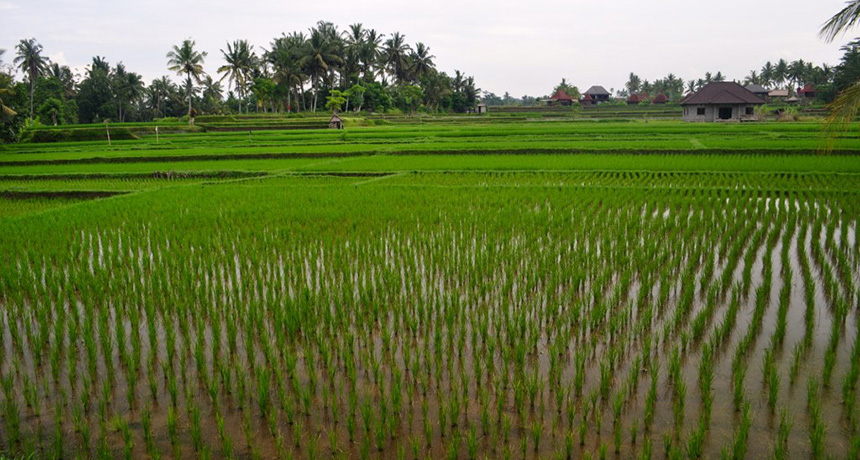Natural acids in soil could protect rice from toxic nanoparticles
Lab experiments may overestimate some environmental impacts, study suggests

DOSE OF DIRT Common soil components may render toxic nanoparticles harmless to rice plants.
Madeleine Deaton/Flickr (CC BY 2.0)